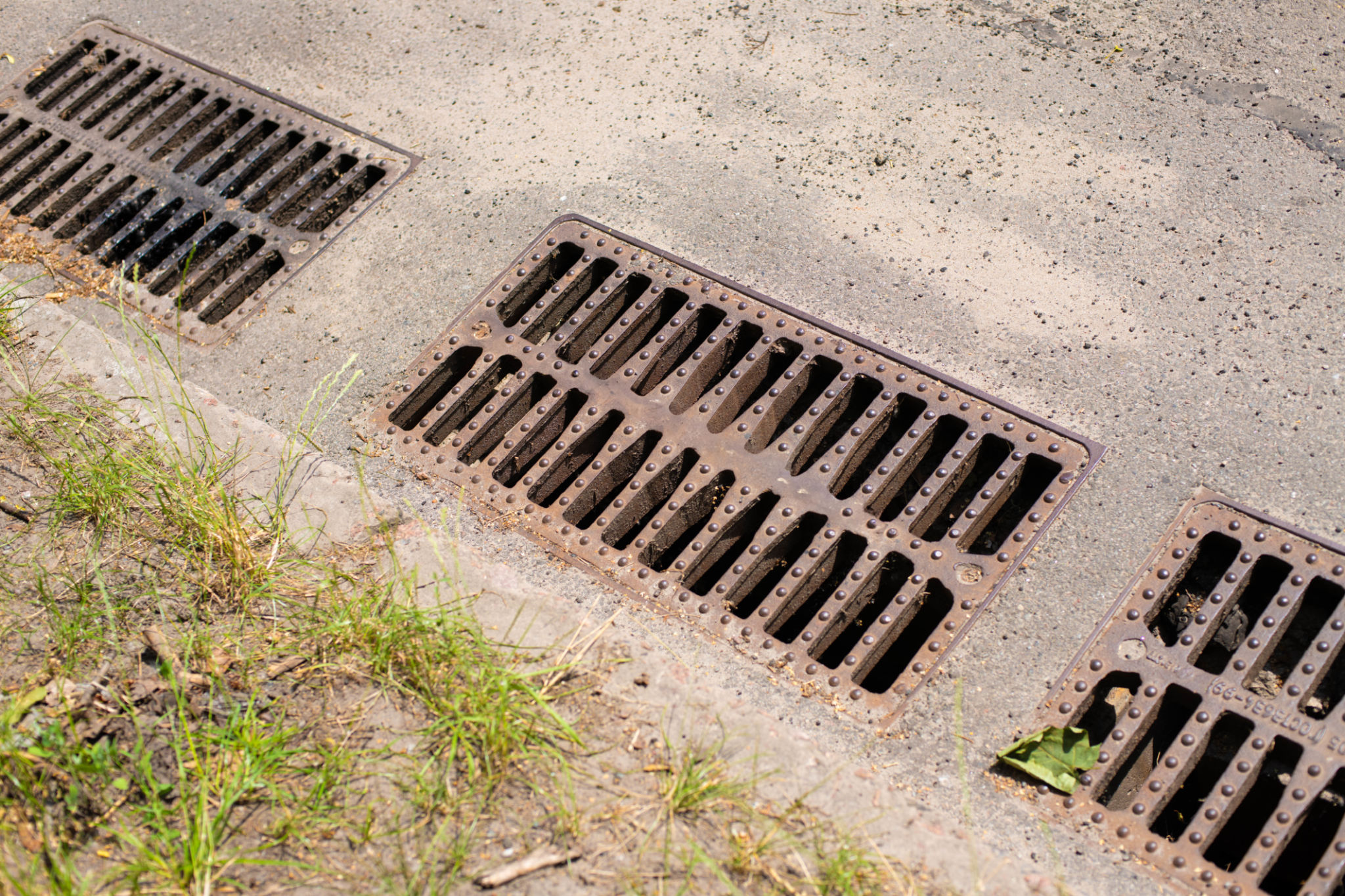Innovative Solutions for Urban Ecology: Bioswales and Beyond
Understanding Urban Ecology
Urban ecology involves the study of ecosystems in urban areas, focusing on the interactions between living organisms and their environment. With the rapid growth of cities, the need for sustainable and innovative solutions to manage urban ecological challenges has never been greater. Urban ecology is not just about preserving green spaces; it's about integrating nature into the very fabric of urban life.
One of the primary challenges in urban ecology is managing stormwater runoff. In cities, impervious surfaces like roads and rooftops prevent water from naturally soaking into the ground, leading to increased flooding and pollution. Innovative solutions are required to tackle these issues effectively.
What Are Bioswales?
Bioswales are a popular and effective method for managing stormwater runoff in urban areas. These landscape elements are designed to concentrate or remove debris and pollution out of surface runoff water. Typically, bioswales are shallow, vegetated ditches that can be integrated into cityscapes, providing both aesthetic and functional benefits.
The primary function of a bioswale is to slow down water flow, allowing it to percolate into the ground and be filtered by the plants and soil. This process not only reduces flooding but also improves water quality by filtering out pollutants. Additionally, bioswales can enhance biodiversity by providing habitats for various plant and animal species.

Designing Effective Bioswales
Designing an effective bioswale involves several considerations. The selection of plants is crucial; native species that are adapted to local conditions often perform best. These plants should be able to tolerate both dry and wet conditions, as bioswales experience varying water levels.
The location and slope of a bioswale are also important factors. Ideally, they should be placed near sources of runoff like parking lots or along roadsides. The gentle slope helps guide water through the system, optimizing filtration and absorption processes.
Beyond Bioswales: Other Urban Ecology Solutions
While bioswales are a fantastic solution for stormwater management, they are just one part of a broader set of strategies aimed at enhancing urban ecology. Green roofs, for instance, are another innovative solution that offers multiple benefits. By covering rooftops with vegetation, green roofs help reduce building temperatures, improve air quality, and manage rainwater.

The Role of Green Infrastructure
Green infrastructure is a holistic approach to urban planning that incorporates natural processes into urban development. This approach includes not only bioswales and green roofs but also permeable pavements and urban forests. Each element plays a role in reducing the city's environmental footprint while enhancing its livability.
Permeable pavements allow water to infiltrate through surfaces that would otherwise contribute to runoff, helping reduce flooding and erosion. Urban forests contribute by improving air quality, reducing urban heat island effects, and providing recreational spaces for residents.

Community Involvement and Education
For urban ecology solutions to be successful, community involvement and education are crucial. Residents must understand the benefits of these innovations and how they contribute to a healthier urban environment. Community workshops, informational signage, and school programs can play significant roles in raising awareness.
By fostering a sense of ownership and responsibility towards local ecological projects, communities can help ensure the sustainability and effectiveness of these initiatives. As more cities adopt innovative solutions like bioswales and beyond, the prospect of creating more sustainable urban ecosystems becomes increasingly achievable.